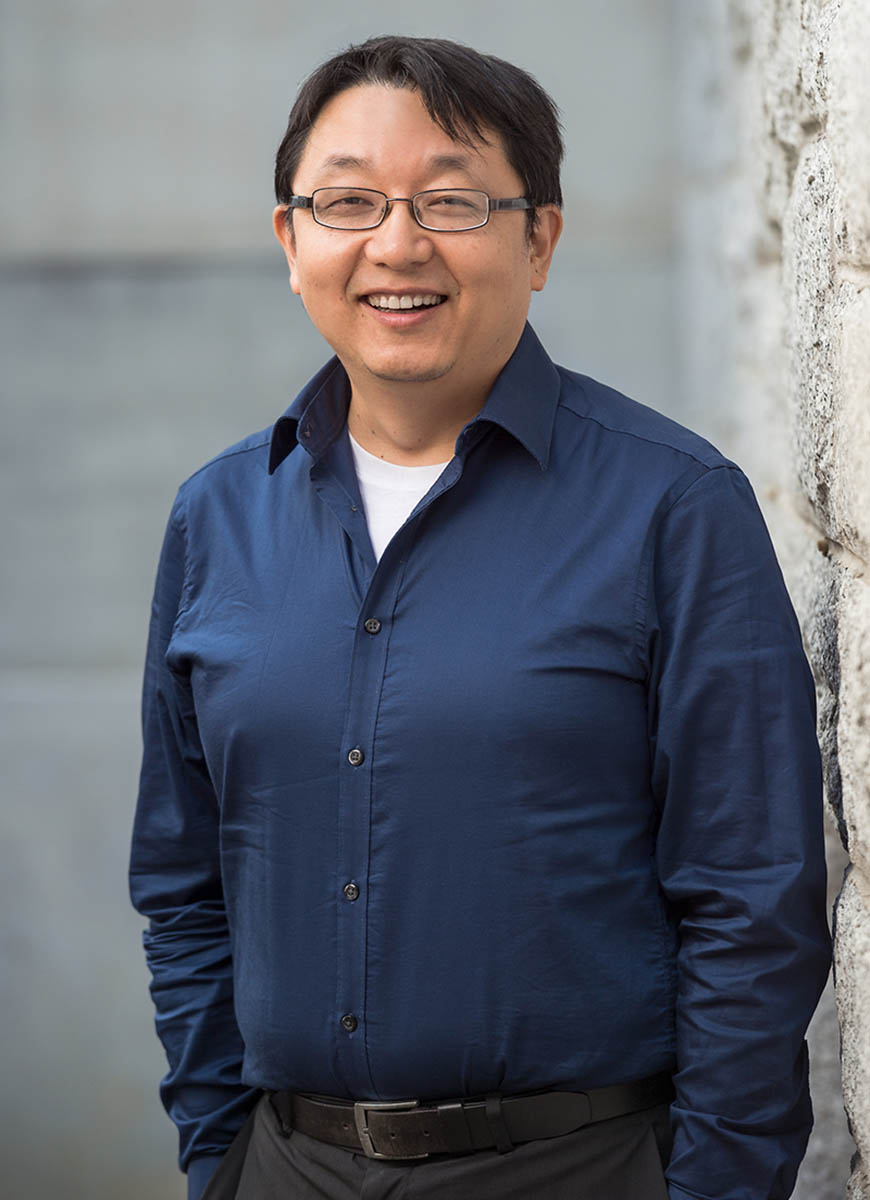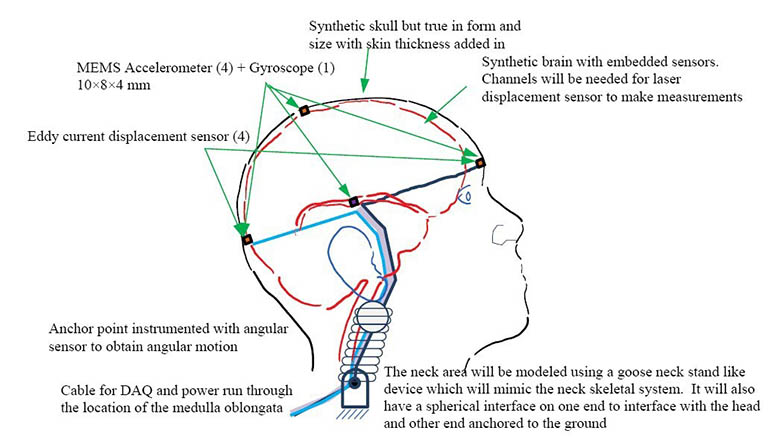Newly Patented Smart Brain Presents Ground-Breaking Opportunities to Study Brain Biomechanics

Dr. Qianhong Wu
Villanova University’s Dr. Qianhong Wu, associate professor of Mechanical Engineering and director of the Cellular Biomechanics and Sports Science Laboratory, has been awarded a patent for his biomimetic model of the brain and skull. Mimicking the human head, Dr. Wu’s “smart brain” allows researchers to quantify the motion of brain matter during exposure to impact. Designed with retired Villanova Associate Professor Dr. Kei-Peng Jen, department laboratory manager Mr. Chris Townend and Associate Professor of Engineering Dr. Rungun Nathan of Penn State Berks, this multi-disciplinary project integrates computational, theoretical and experimental approaches and involves the fields of fluid mechanics, materials science and manufacturing—one of Dr. Wu’s specialties.
Impacts to the head during athletic play are commonly identified as the cause of concussion injury. Repetitive head impacts, even those with no acute symptoms or signs, have been suggested as a possible cause of chronic brain injury. At present, most of the studies on this topic focus on the statistics of brain injuries in relation to various head impacts. Dr. Wu explains, “There has been no quantified research that relates the head impacts to the motion of the brain matter inside the skull, and thus the fundamental mechanism of the brain injury related to head impacts is not clear.” His invention is providing scientists and engineers with never before seen access to the brain’s response to impact.
With a model consisting of a transparent skull, brain matter, supporting structure and interstitial fluid, as well full instrumentation, including high speed cameras, accelerometers and displacement sensors, Dr. Wu’s smart brain enables the motion of the brain matter to be tracked and captured. Most importantly, his model allows for varied frequencies, locations and magnitudes of impact—as well as repetition—to better reflect real-life scenarios. In addition, multiple pressure sensors record the pressure generation inside the interstitial fluid, which Dr. Wu believes is one of the major factors that determine the brain matter motion, as well as the damping effects (that which reduces the vibrations caused by impact).
Excited about the possibilities for his patented model, Dr. Wu says, “The proposed study, to our knowledge, is the first of its kind and will have very broad impact in both brain biomechanics and helmet design.”

